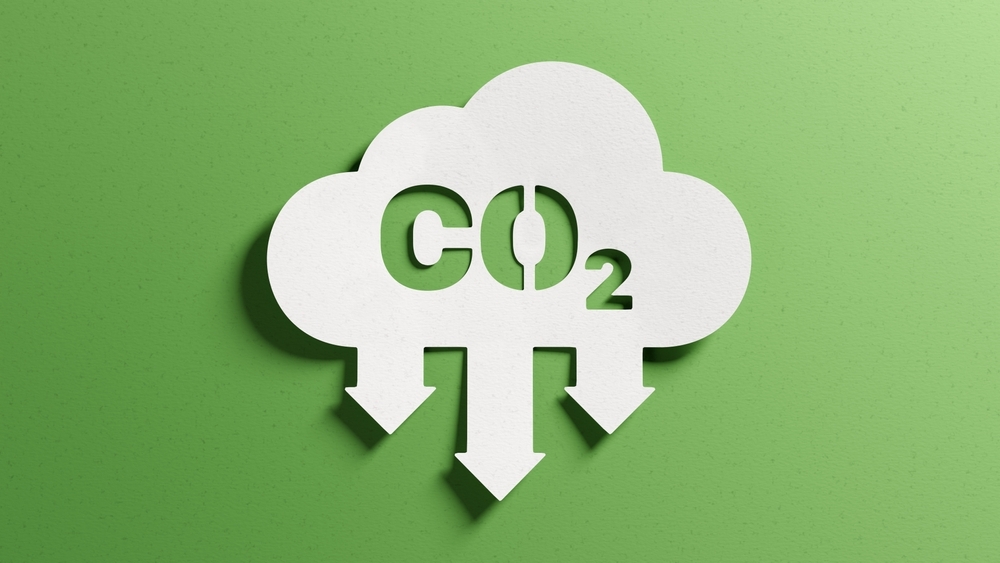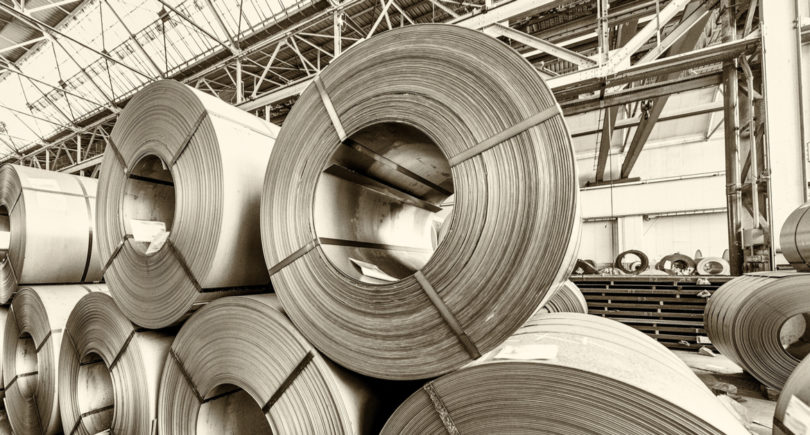
News Global Market China 3130 07 June 2024
China's low-carbon steel standards are currently under investigation
According to the China Iron and Steel Association (CISA), China’s steel industry may be included in the national carbon emissions trading market this year. This is reported by Kallanish.
According to a CISA spokesperson, Chinese low-carbon steel standards are currently under study. They are expected to be published this year. At the same time, the steel industry will soon join the carbon emissions trading.
According to the industry association, over the past 2-3 years, about 80 leading Chinese steel companies have launched a pilot carbon trading scheme. Their total annual steel production is about 130 million tons. Emissions trading can increase the market competitiveness of steel companies with low carbon emissions. It is also expected to facilitate the development of low-carbon steel production technologies and premiums for such products.
From 2014 to 2023, according to CISA, the average integrated energy consumption per ton of steel of key Chinese steel companies decreased by 5.87%. At the same time, 95 companies have completed the transformation to produce ultra-low-emission steel, adding capacity of about 450 million tons per year. In addition, 42 steel companies with production capacity of 144 million tons per year have completed partial transformation, and another 32 are in the process.
To achieve ultra-low emissions, steelmakers need to invest more than 400 yuan/t ($55) in steel production and more than 70 yuan/t in additional maintenance costs. Therefore, the industry association calls on the government to provide more support to companies that have completed the transformation to encourage the development and application of low-carbon technologies.
As GMK Center reported earlier, China intends to reduce carbon emissions in key industrial sectors in 2024-2025 in an amount roughly equivalent to 1% of the national figure for 2023. This is envisaged in the relevant government plan. The country also aims to reduce energy consumption and carbon dioxide emissions per unit of GDP by about 2.5% and 3.9%, respectively, in 2024.




